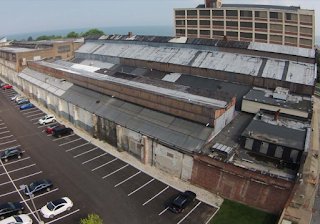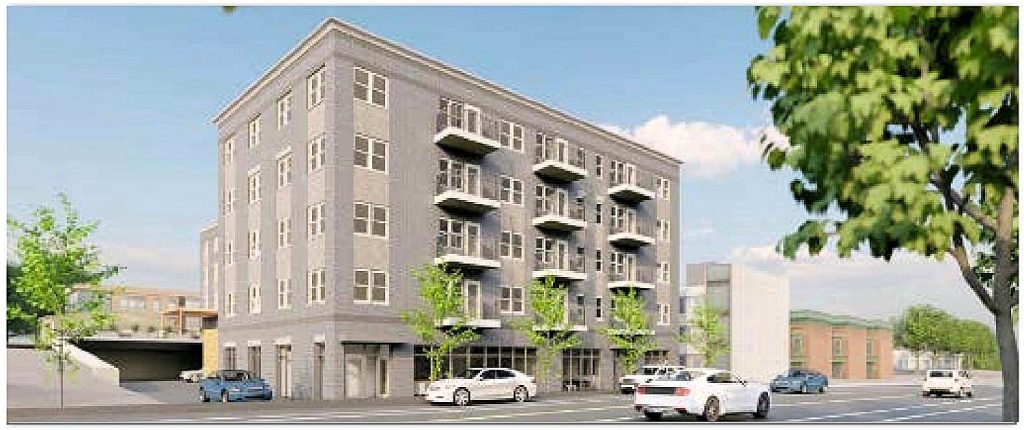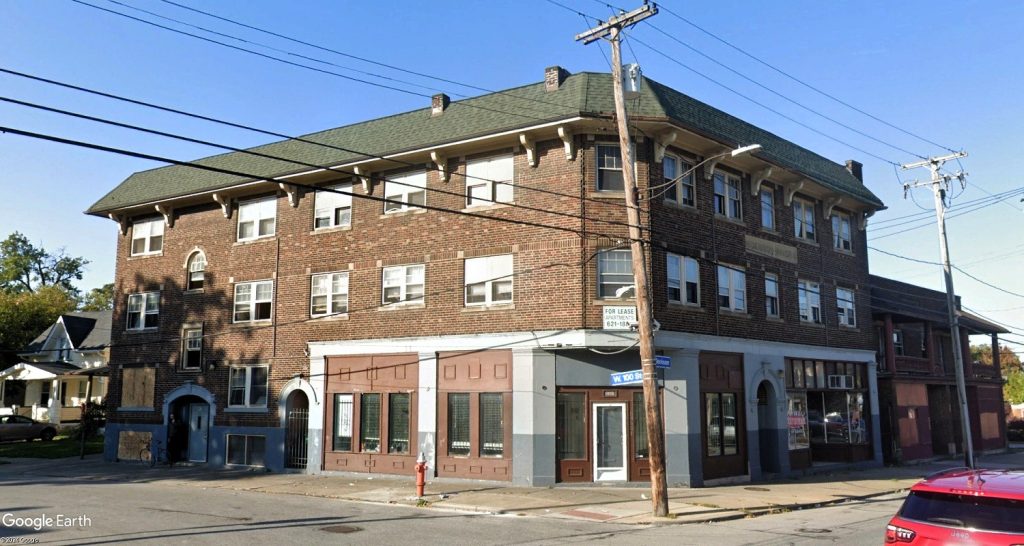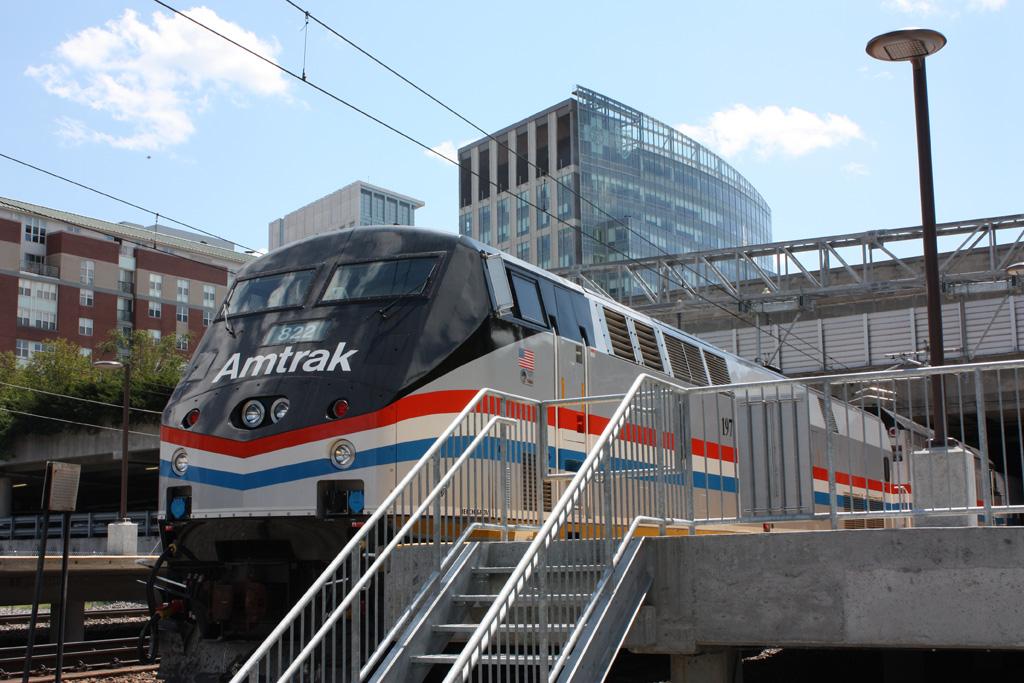A principal of the real estate development firm that was pursuing renovation and redevelopment of the Westinghouse Electric and Manufacturing Co., 1200 W. 58th St., confirmed that the firm has decided not to go forward with the project.
NEOtrans broke the news about the renovation in January, and it again broke news on Aug. 9 that the project to convert the 303,000-square-foot vacant industrial complex into residential, parking and perhaps other uses might not happen.
However, no official reason was available at the time. There were rumors that the project, located in Cleveland’s Detroit-Shoreway neighborhood, had floorplans that were too complicated or that there was on-site pollution left over from prior users that had to be cleaned up.
“It is the case that we are not moving forward,” said Josh Rosen, a principal at Sustainable Community Associates, at UrbanOhio in response to a posting of the NEOtrans article on its public forum.
“It (is) not for a specific reason or anything speculated (in the Aug. 9 NEOtrans article) — it is just as simple as we hard time matching up our sources and uses,” Rosen added. “It is an awesome set of buildings and we hope a catalytic project emerges.”
 |
| Part of the Westinghouse plant was demolished for a parking lot for the newly built Edison apartments. But most of the rest of the Westinghouse plant remains intact (LoopNet). |
A major issue with the site, according to a source, was that the developer hadn’t identified a use for the lower-level buildings in the Westinghouse plant. By contrast, reusing the eight-story, 122-foot-tall, 112,000-square-foot, 1915-built tower as residential was a no-brainer.
The tower has great views of Lake Erie, Edgewater Park and downtown Cleveland. The surrounding neighborhood is rapidly developing with new housing including the Edison apartments, Battery Park, plus many smaller townhouse developments.
But the source said a major question was what to do with the low-level structures, measuring 191,000 square feet and dating to 1882. Those structures are 1-3 stores tall, some with high, truss-supported ceilings and unconventional floor plans.
A mere 50,000 square feet might be needed for indoor parking to support about 100 apartments that could fit in the tower, leaving roughly 140,000 square feet among the low-level structures without an identified use.
Converting the remainder of the low-level structures to residential or offices could also require environmental clean up. During the decades that Westinghouse owned the plant, those structures were full of heavy machinery such as drop forges, foundries and presses as well as polishing, annealing and anodizing processes, according to a former employee.
One thing is for certain, Westinghouse would have been the largest redevelopment project, by far, undertaken by Sustainable Community Associates. Crain’s Cleveland Business reported in February that Midwest Development Partners was considering joining forces in the project in an apparent attempt to increase the endeavor’s access to capital sources.
The property remains available for sale, listed at $6 million.
END




